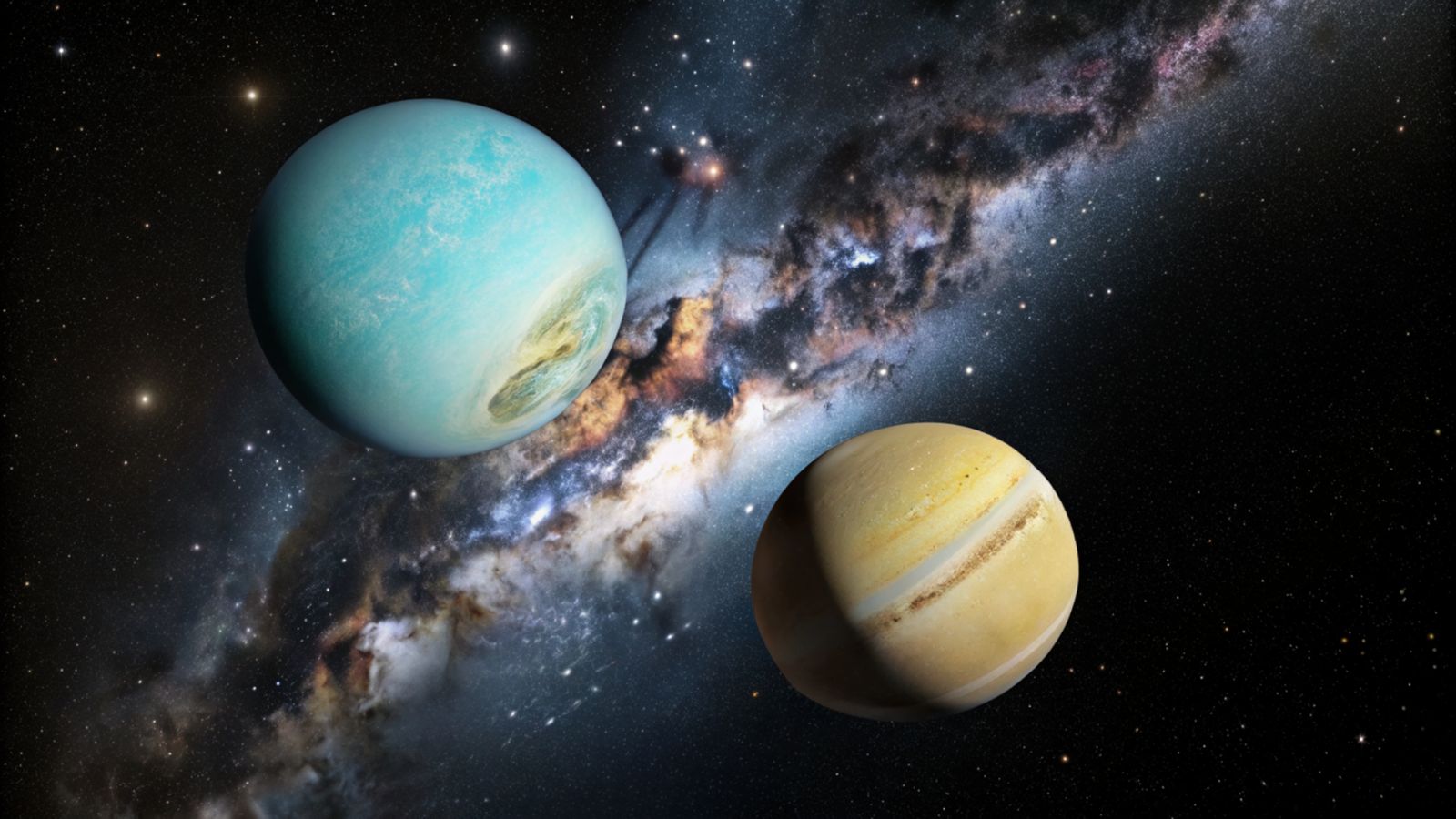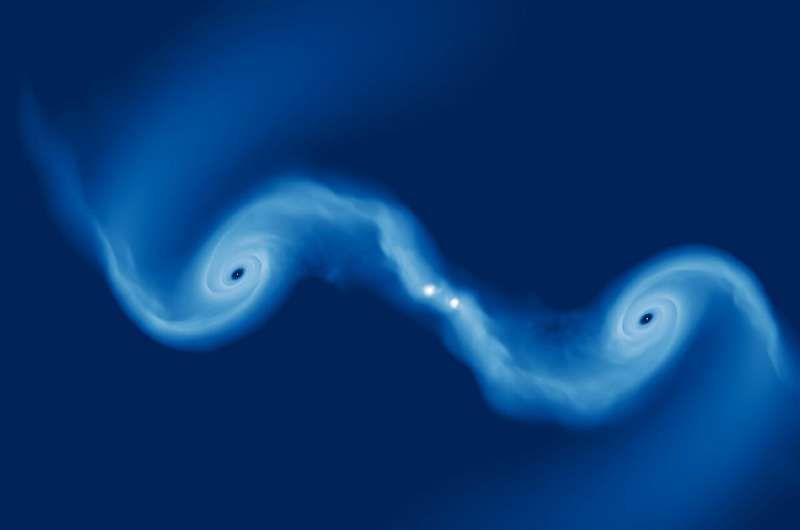The origin of JuMBOs, these double planets wandering among the stars 🪐
Follow us on Google News (click on ☆)

JuMBOs, pairs of planetary-mass objects, raise questions. Their binary nature and abundance in certain regions of space, such as the Orion Nebula, suggest an origin different from that of traditional stars or planets. Simulations show that these objects could form during violent collisions between circumstellar disks around young stars.
These collisions, occurring at impressive speeds, create bridges of matter that collapse to form dense filaments. These filaments then fragment into 'seeds' of planetary-mass objects, thus explaining the presence of JuMBOs in the Universe. This discovery opens new perspectives on cosmic diversity and the mechanisms of celestial body formation.
Research conducted by Deng Hongping and his team, published in Science Advances, suggests that these objects could represent a third class of celestial objects. Born not from star-forming clouds or planetary construction processes, but rather from the gravitational chaos of disk collisions, these objects enrich our understanding of the Universe.
This study, supported by high-resolution hydrodynamic simulations, reveals that encounters between circumstellar disks are common in dense stellar environments. These interactions could generate hundreds of planetary-mass objects, explaining their abundance in the cosmos. An advance that changes our view of cosmic diversity.

Image of a simulation showing the collision of tidal tails between young stellar systems. In the middle, in white, a pair of planetary-mass objects in formation.
Credit: Deng Hongping
What is a JuMBO?
JuMBOs, or Jupiter-Mass Binary Objects, are pairs of planetary-mass celestial objects floating freely in space. With masses similar to that of Jupiter, these objects are often found in young star clusters.
Their binary nature contradicts traditional theories of star and planet formation. JuMBOs cannot simply be explained as planets ejected from their stellar system, as it is difficult to understand how such an ejection could preserve their binary link.
How can circumstellar disks form JuMBOs?
Circumstellar disks are clouds of gas and dust rotating around young stars. They play a role in the formation of planets and stars.
When two circumstellar disks collide, they can create structures like bridges of matter. These bridges then collapse into dense filaments, which can fragment to form planetary-mass objects.
This discovery shows that interactions between circumstellar disks can be an important source of diversity in the Universe. These interactions could explain the abundance of planetary-mass objects in certain regions of space, such as the Trapezium Cluster in the Orion constellation.